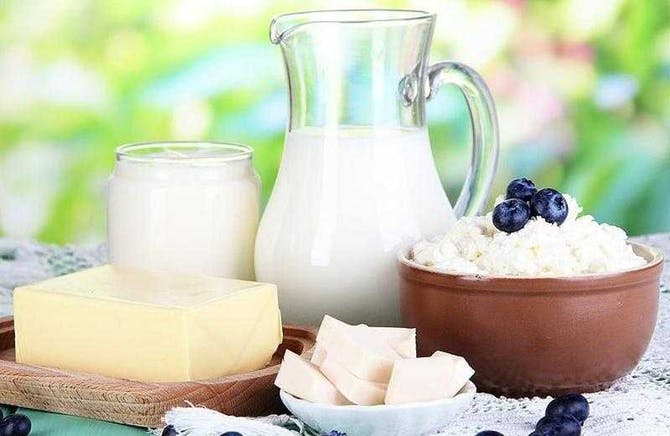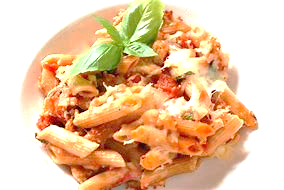How important is gut health in children?
Does your child suffer from abdominal pain?
Is it negatively affecting his nutritional intake?
In children, gut health is one of the most important as it can affect all the other organs and body parts. The gastrointestinal system or gut is the body’s largest organ system. It is responsible for digestion, absorption and elimination of food and bacterial waste.
Your child should always be given sufficient time to eat his food without distractions. It is also important to calmly encourage your child to chew food well. This will result in enough time for your child’s gut to release digestive enzymes to help in digestion. Hunger and appetite are controlled by internal digestive hormones and external influences such as the sight and smell of food. Simple as it sounds, the act of chewing food well, signals satisfaction to the brain, which in turn helps control hunger and appetite.
Digestion begins in the mouth, with the production of salivary amylase. It continues in the stomach and upper intestines, stimulating the production of digestive enzymes and hormones. The gut illustrates its adaptive qualities by regulating nutrient absorption depending on your child’s needs.
Gastrointestinal problems are common in infancy, toddlers, children and teenagers. There are various gastro symptoms which can be controlled or treated by diet. These include difficulty swallowing, poor appetite, indigestion, acid reflux, nausea, stomachache, vomiting, bloating, chronic diarrhea and constipation. These symptoms can be identified quickly from your observations as a parent as you might see tantrums during feeding your child or discomfort, vomiting, pain and faltering growth. In addition, your child may be grown enough to express his own symptoms to you himself.
Common digestive disorders in children are:
-
Eosinophilic Gastrointestinal Disorders (EGID)
These are disorders in which white blood cells in your child’s digestive tract causes inflammation and swelling. This results in pain, discomfort and may even result in swallowing difficulty. The most common is known as eosinophilic esophagitis. Unfortunately, there is no cure but proper diet and steroid medication will help your child to control his symptoms. Diet plays an important role as certain foods might be causing the allergic reaction in your child’s gut.
-
Celiac Disease
Celiac disease is a serious reaction when your child eats gluten which is found mainly in wheat, barley and rye. This condition can only be treated by a gluten free diet which will stop the damage being done to your child’s intestines. On another side note, it is important that gluten should be part of a normal diet if celiac disease is undiagnosed. This will prevent future health complications such as developing celiac disease itself.
-
Inflammatory Bowel Disease (IBD)
Inflammatory bowel disease is a term used to describe certain disorders such as ulcerative colitis and Crohn’s disease. These types of disorders involve chronic inflammation of your child’s digestive tract. IBD is most commonly found in teenagers. In both types of IBD, your child experience reduced appetite, diarrhea, rectal bleeding, abdominal pain, fatigue and weight loss. There are various types of diets that can be used such as gluten free diet, lactose free diet, low fiber diet or high fiber diet and low FODMAP diet.
-
Lactose Intolerance
Lactose intolerance is very rare in young children. Usually, lactase production remains quite active until children are at least 10-12 years old. Studies show that European children are less likely to develop lactose intolerance, even as they grow older.
Lactose is a type of carbohydrate therefore it causes an intolerance. Food intolerance is different from a food allergy. In a food allergy, your child’s body develop an immune system reaction towards that particular food. If, your child has a true milk allergy he must not ingest even trace amounts of any form of milk or dairy products. If, your child has lactose intolerance he can still consume lactose-free milk and dairy products.
If, your child is suffering from any gastrointestinal problems I strongly recommend you to pay a visit to your child’s pediatrician. Then, if your child’s gastrointestinal issues directly relates to food I strongly encourage you to speak with a dietitian. This is of utmost importance that your child have good gut health as it affects your child’s physical, psychological and emotional wellbeing.



